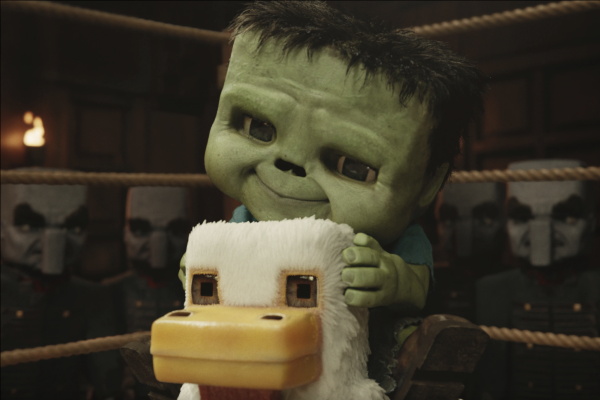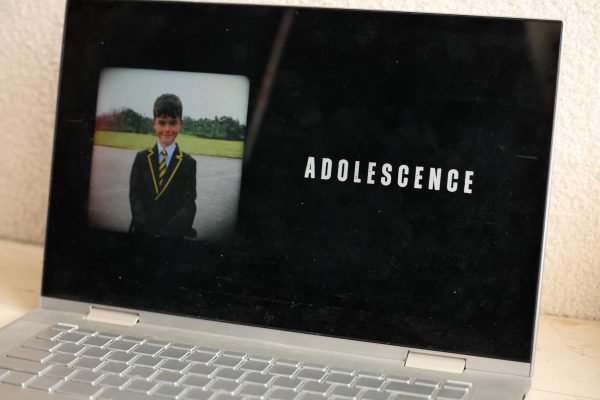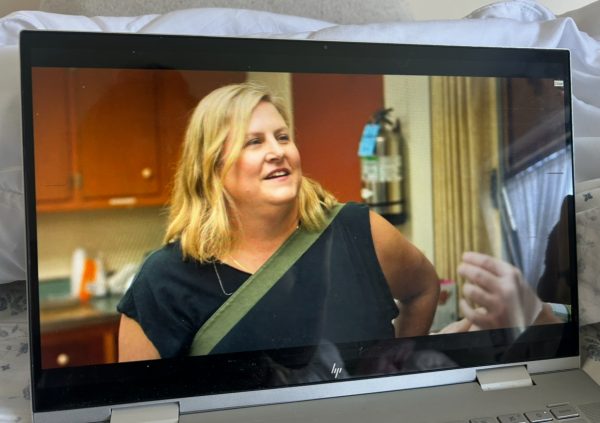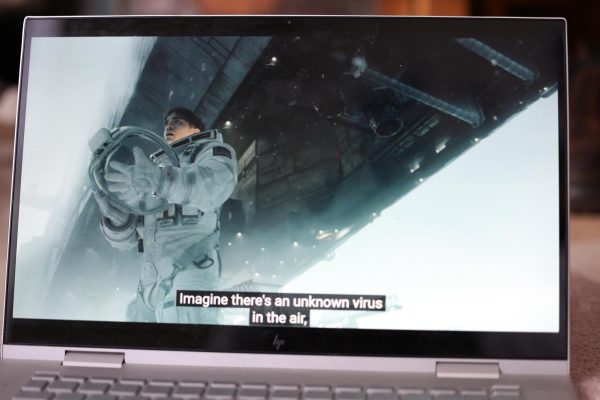Baldwin Accident Reveals Industry Problem
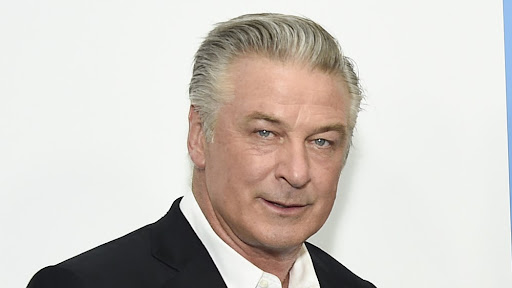
Alec Baldwin’s prop gun mishap sheds light on firearm safety standards. (courtesy of Facebook)
News broke last week that while filming his latest movie, “Rust,” actor Alec Baldwin discharged a prop gun that Assistant Director Dave Halls handed to him with a live round. As a result, he shot and killed 42-year-old cinematographer Halyna Hutchins. The acciden occurred during a close-up scene in which Baldwin’s character is in a church and a close-up shows him reaching for the revolver in his pocket. An investigation into the shooting is still ongoing in Santa Fe.
According to The New York Times, court papers state that the producers were told the gun was “cold,” meaning it had no live rounds; however, this was not exactly the case. When the gun was fired, a bullet went through Hutchins’s chest and injured 48-year-old director Joel Souza. Souza survived his injuries, but Hutchins did not.
Since the accident, Baldwin and his family have been living in Vermont in order to “lay low.” But before moving across the country, he told TMZ that there was no bad blood between him and Hutchins before the shooting. “She was my friend,” Baldwin said to the paparazzi. “The day we started shooting, I took her out to dinner in Santa Fe.” Baldwin also acknowledged the fatal shooting as a “one in a trillion event” and claims that the set of “Rust” was a “well-oiled machine,” but court documents prove otherwise.
The day before the fatal shooting, six employees on the set had turned in their resignation, citing late paychecks and a lack of hotel accommodations. This sparked a negotiation between the film crews’ union, the International Alliance of Theatrical Stage Employees and production studios. Just a few days before the fatal shooting two more accidental gun discharges had occurred, frightening set members. One former crew member said “Rust” was “the most unorganized set [they had] ever seen.” According to the lawyers of Hannah Guiterrez-Reed, the film armorer, the set of the move had become unsafe due to various factors, including a lack of safety meetings and tensions between film crew members and producers. If a movie set allows for hazardous conditions which could cause such fatalities, this brings us to wonder what exactly producers do to keep their cast and crew safe? How do they ensure a pleasant work environment while these tensions are bubbling?
Fatal accidents on set are not unheard of. According to an Associated Press article from 2016, 43 people in the United States have died between 1990 and 2016 due to prop accidents, while 150 have been left with life-altering injuries. However, the last time someone had been shot with a prop gun was in 1993 when Brandon Lee was killed filming “The Crow.”.
According to an NPR interview, Kevin Williams, the prop department manager at UCLA’s School of Theatre, Film and Television, claims that producers and crew alike try to do whatever they can to make the stars happy. “When you are on set, dealing with creatives and they are asking for certain circumstances, sometimes these demands are hard to say no to,” Williams said. He explained that a majority of the film industry is based on the relationships you make with the people you are working with, and failing to please them could have consequences as severe as never being able to work on another set. This has incredibly damaging effects on the safety of sets.
These aforementioned “demands” can include letting safety standards slide, according to Williams. It is unknown whether or not this is what caused the fatal shooting on the set of “Rust.” Williams claims that several factors played into the event, but whether it was the wind, or the type of gun or how it was handled, one thing is for certain: the ability to dictate whether or not safety standards are followed proves that there are not enough precautions in place to ensure the workers’ safety on a film set. Hopefully Hutchins’s death will be the last, but if this type of behavior continues, there is no guarantee that it will be.








































































































































































































